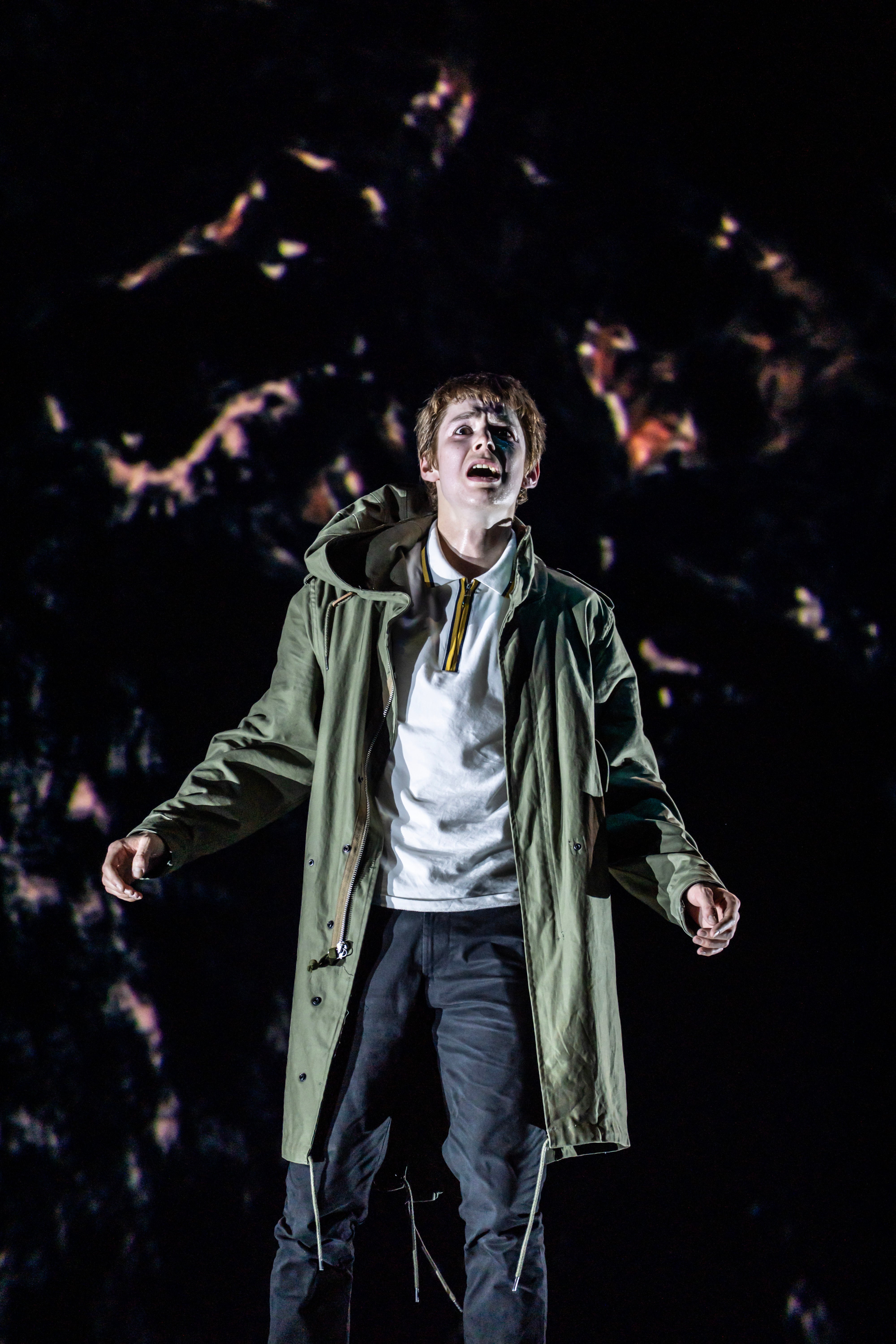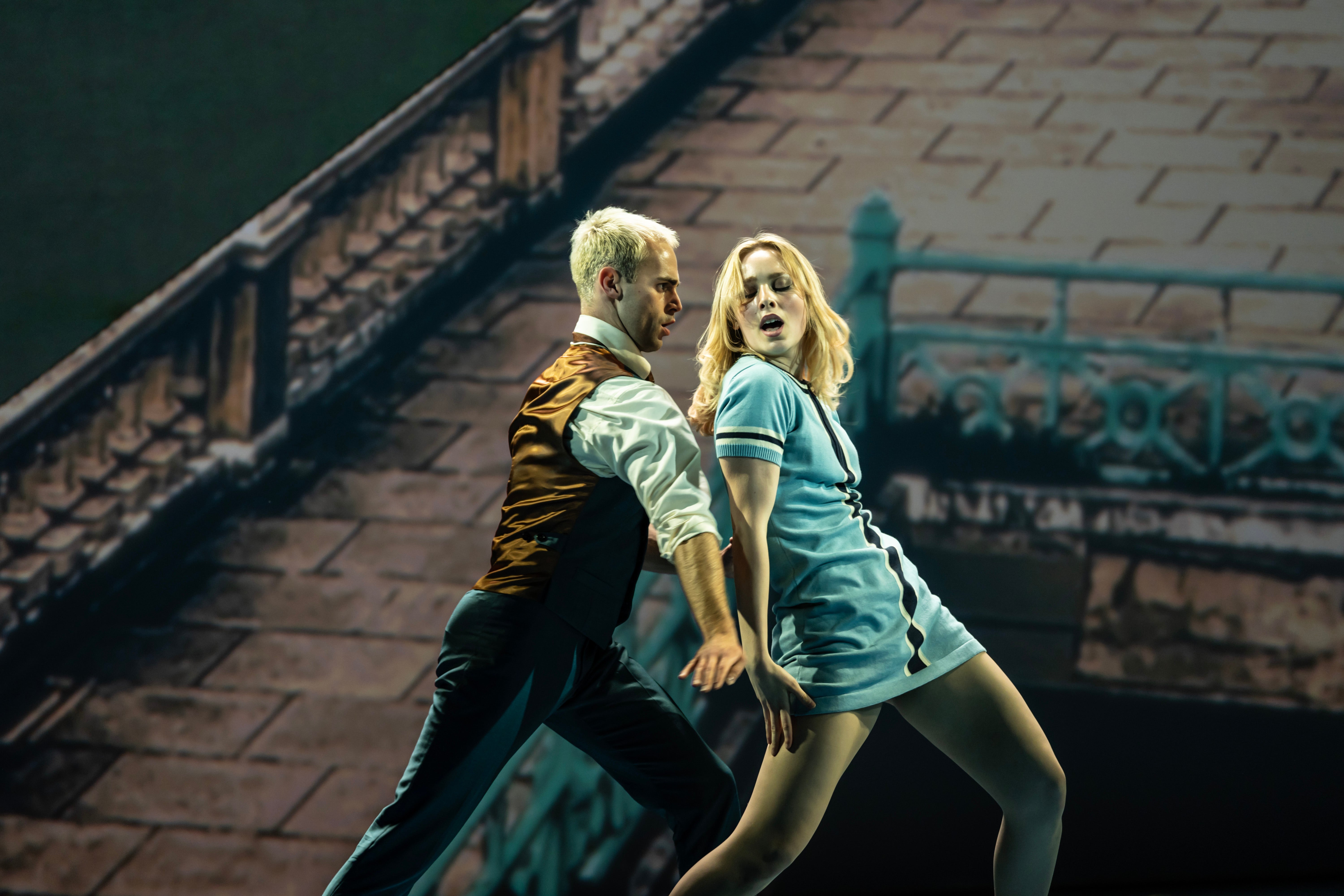Pete Townshend’s Quadrophenia is a handsome reboot of The Who’s tragic rock opera
Rather than leaning into pop-culture cool, this new stage production at Sadler's Wells recognises its fragility

Sharp suits, scooters, angry young men: Quadrophenia, a Mod Ballet riffs on key imagery of the 1960s, but avoids being a nostalgic victory lap. Like the Who album on which it’s based, it’s always aware of the failings and gaps in youth culture, the uncertainties that its hero is struggling to answer.
Quadrophenia has always existed in multiple timelines. In the 1973 concept album, guitarist and songwriter Pete Townshend reflected on the youth culture of the early 1960s. The gritty 1979 film overlapped with punk. One of the strengths of the new production, directed by Rob Ashford and choreographed by Paul Roberts, is that it feels like its own thing, rather than a danced tribute act.
That starts with the music. The orchestration, by Townshend’s wife Rachel Fuller, has a real sense of scale, delighting in brass fanfares and jagged strings. The staging responds with swirling video imagery and a stylised approach to the hero Jimmy’s psyche.
The “quad” of the title evokes the different aspects of Jimmy’s personality. Here, different dancers surround Paris Fitzpatrick’s ardent hero, materialising out of the furniture to help drive his actions. In practice, these four temperaments are mostly characterised by context – in Jimmy’s solo scenes, it’s harder to tell them apart.
Paris-Fitzpatrick-(M)Dylan-Jones-(R)Jonathon-Luke-Baker-Johan-Persson.jpg)
YeastCulture’s gorgeous video design plunges us into a heady, confusing world, as Jimmy moves between the Brighton seafront and a seedy London of dingy cafes and heady clubs. For Brighton, seawater surges over the backdrop, washing across the stage, seeming to splash up the slopes of Christopher Oram’s set. Sketched lines lead us into the different settings, drawing a chalk outline before filling in the details with stylised or hyperreal imagery. A park has a paintbox-blue sky and fuzzy trees; the cafe is a marvel of steamed-up windows and greasy-spoon tables.
Handsomely dressed in costumes by Paul Smith, Jimmy’s idols stalk through the narrative, visions of cool who will only let him down. The Royal Ballet’s Matthew Ball is sensational as his rock star hero, swaggering in a union jack jacket against a blaze of stage lights – before mocking the starstruck Jimmy at the stage door. As the Ace Face, the ideal Mod – originally played by Sting in the movie – Dan Baines is a powerhouse of tight, edgy moves.
While Serena McCall is an elegant Mod Girl, her choreography is undercharacterised. Though there are plenty of modern resonances to Jimmy’s story, and his struggles with masculine identity, the ballet keeps inner life strictly for the boys.

Where it scores is in recognising loss and confusion in the swagger of pop music. Jimmy is a vulnerable figure. Rather than leaning into pop-culture cool, Quadrophenia recognises its fragility.
Join our commenting forum
Join thought-provoking conversations, follow other Independent readers and see their replies
Comments